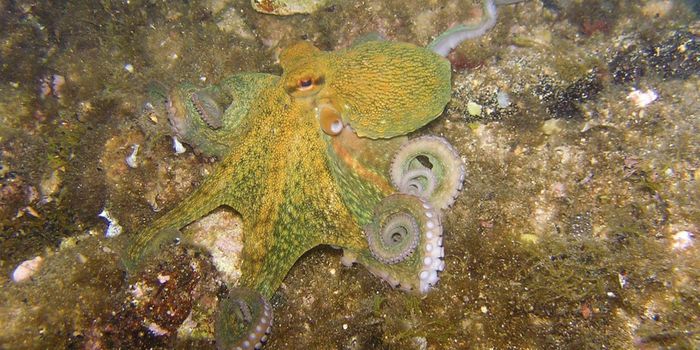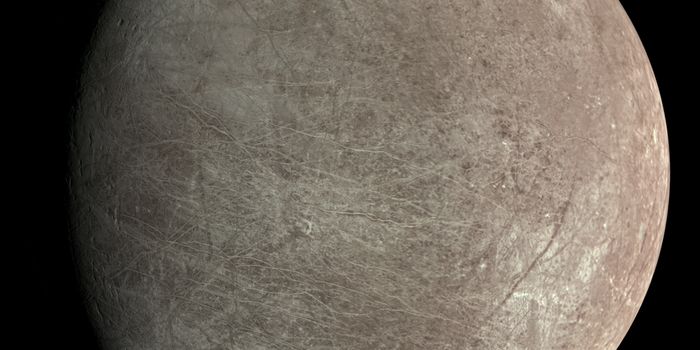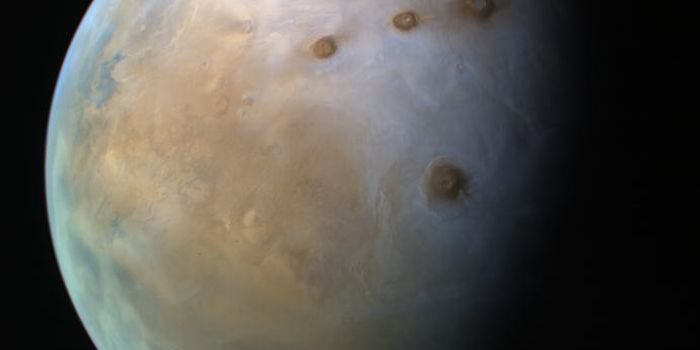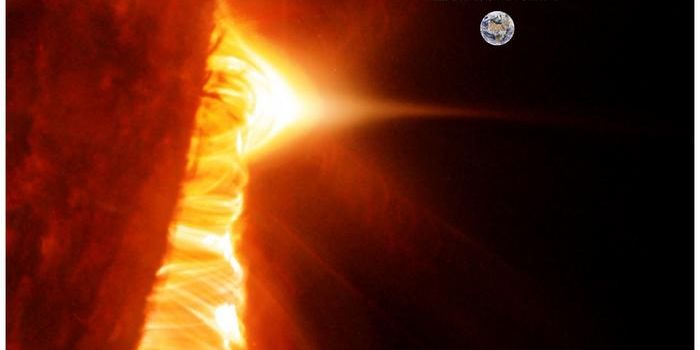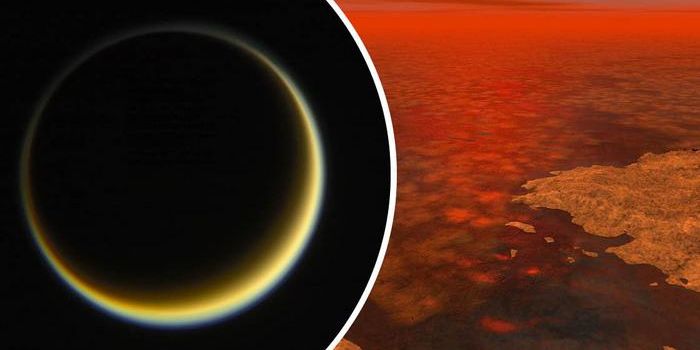Implications for Rocky Planet Formation Around Low-Mass Stars
Can rocky planets form around stars smaller than our Sun, also called low-mass stars? This is what a recent study published in Science hopes to address as a team of international researchers investigated the chemical properties of an exoplanetary system orbiting the star, ISO-Chal 147, which is located approximately 600 light-years from Earth and whose star has a mass of 11 percent of our Sun with age estimates between 1 to 2 million years old. For context, our Sun is approximately 4.5 billion years old. This study holds the potential to help astronomers better understand the formation and evolution of young exoplanetary systems and their potential to host rocky planets.
For the study, the researchers used the Mid-Infrared Instrument (MIRI) on the NASA’s James Webb Space Telescope (JWST) to identify carbon-bearing molecules at temperatures of approximately 30 degrees Celsius (86 degrees Fahrenheit) within the protoplanetary disk forming around the young star. However, the team also found these molecules did not possess compounds containing oxygen, meaning the system might not have water or carbon dioxide, which are typically found in systems surrounding stars like our Sun.
Regarding the potential for rocky planets, the researchers determined that the limited amount of planet-forming material and its wide circulation within the system indicates an increased likelihood of rocky planets forming compared to gas giants.
“Many primary atmospheres of those planets will probably be dominated by hydrocarbon compounds and not so much by oxygen-rich gases such as water and carbon dioxide,” said Dr. Thomas Henning, who is the Department Director of the Max Planck Institute for Astronomy (MPIA) and a co-author on the study. “We showed in an earlier study that the transport of carbon-rich gas into the zone where terrestrial planets usually form happens faster and is more efficient in those disks than the ones of more massive stars.”
Going forward, the researchers aspire to study more low-mass star systems while both confirming or refuting their findings and gaining greater understanding about planetary formation chemical properties, as well.
What new discoveries about planetary formation orbiting low-mass stars will be made in the coming years and decades? Only time will tell, and this is why we science!
As always, keep doing science & keep looking up!
Sources: Science, EurekAlert!, Max Planck Institute of Astronomy
Featured Image: Artist's depiction of hydrocarbons with a protplanetary disk orbiting a young star in the background. (Credit: ALMA (ESO/NAOJ/NRAO) / MPIA)

